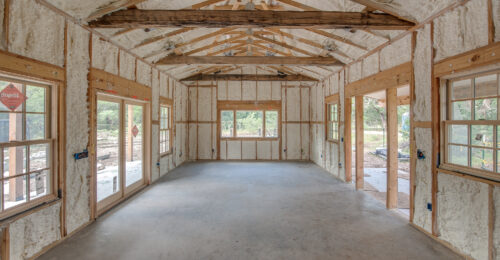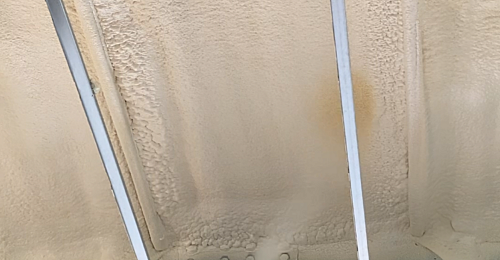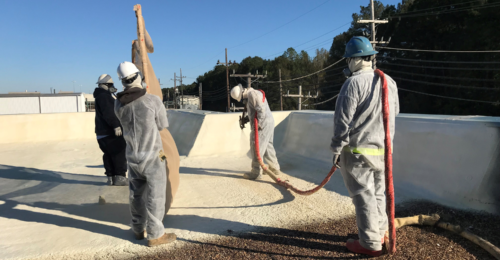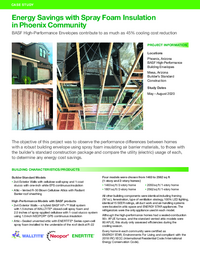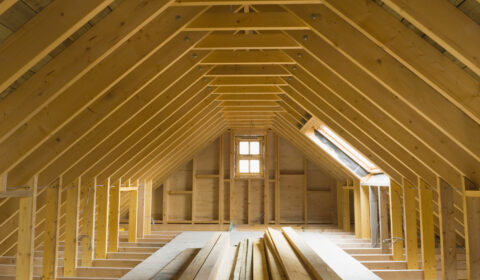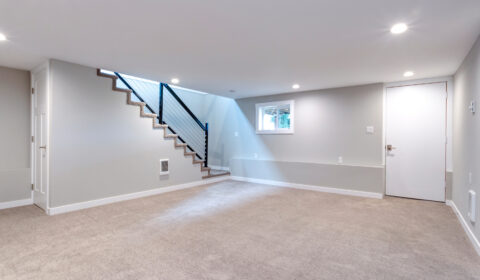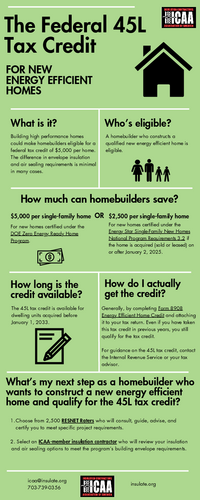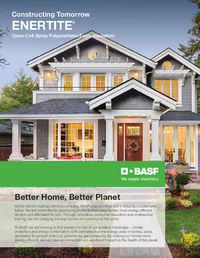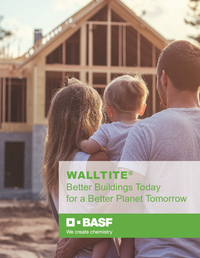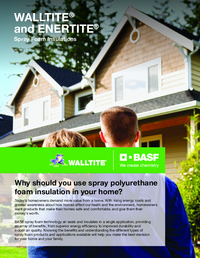Spray foam insulation is a simple way to get that competitive advantage over the rest. Using SPF to offer a more comfortable, energy efficient home is an obvious advantage, but that’s just the beginning.
With spray foam in the walls floors and roof, your buyers can visually see their entire home is sealed and insulated before the first sheet of drywall goes up, avoiding customer complaints down the line
When you insulate an attic after drywall, sometimes corners and low slope areas get missed. With spray foam in the roof, you can visually verify every surface of the home is sealed and insulated before the first sheet of drywall is up, reducing customer complaints down the line.
As one of only two US manufacturers that produce both components that go into spray foam, we ensure our products have the highest quality and compatibility. In addition, BASF provides you with the resources you need to educate your homebuyers on the value of spray foam. You can even connect directly with our experts for answers on building science, energy codes, products, applications, assemblies, and sales tools to help you maximize the value you provide with spray foam insulation.



